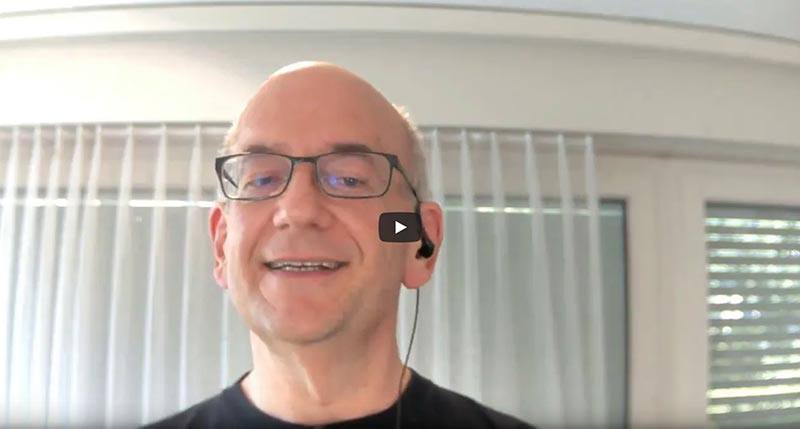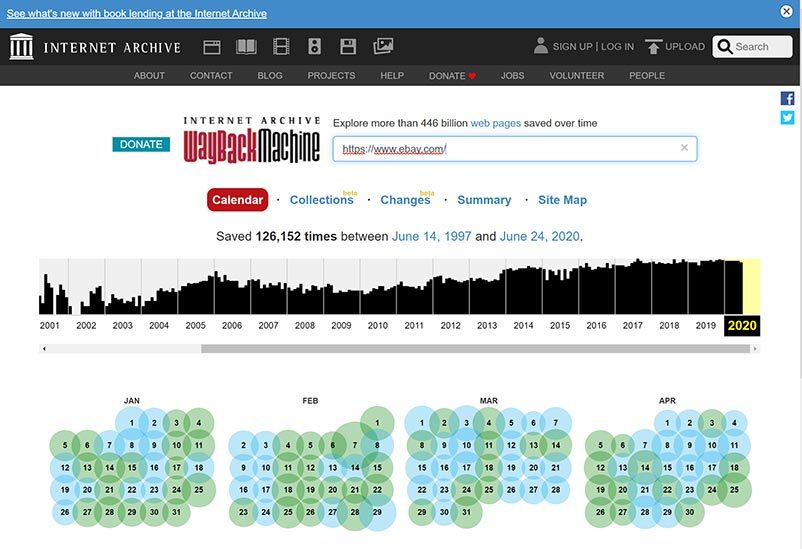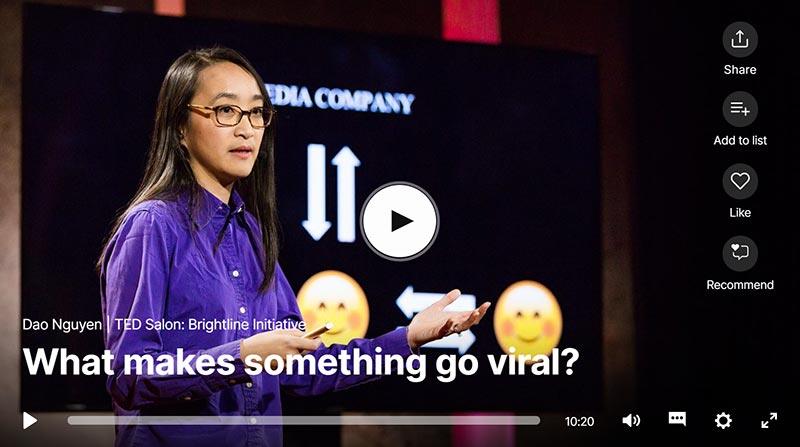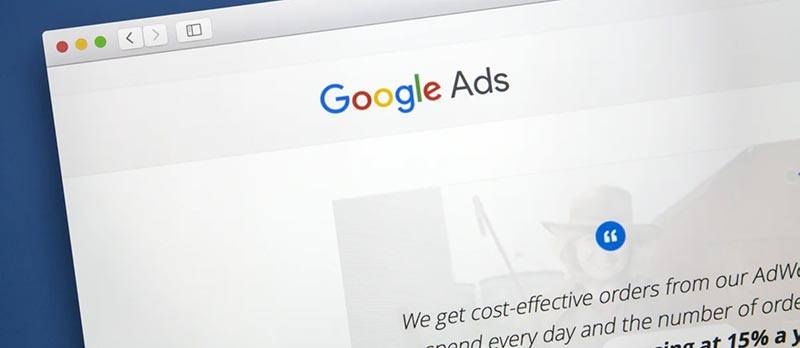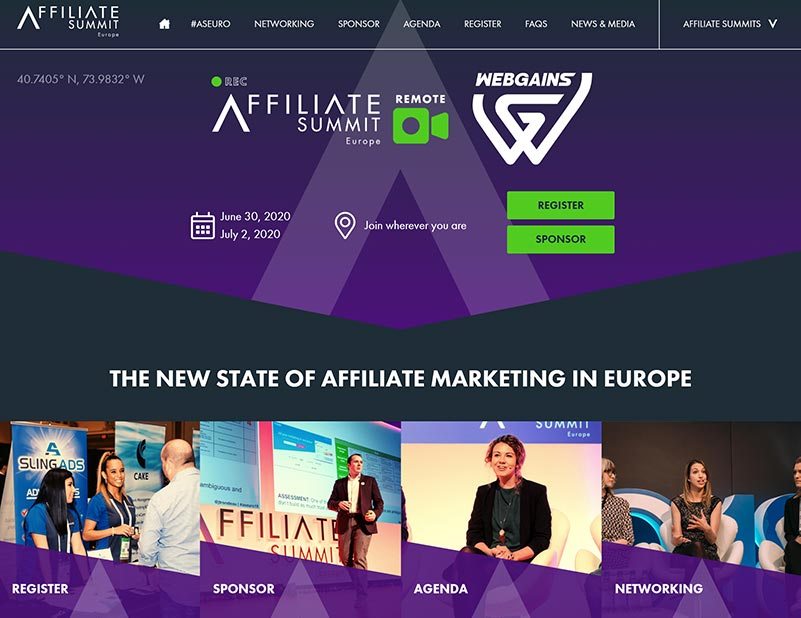June 25, 2020

TOGETHER WITH
Happy Thursday and Happy Global Beatles Day. The date, June 25th, was chosen to commemorate the date that The Beatles participated in the BBC TV program Our World in 1967.
In today’s edition:
Twitter Pushes More Ads into Feeds
Google’s Take On Internal Anchor Text and “Visible Effect in Search”
How Much Do Google Ads Cost For You? (Pricing And Budgets)
Find Out How A Website Looked Like Over Time
Facebook Launches Digital Marketing Training To Businesses
and more…
Have a cool day!
— Itay Paz
Have you noticed an increase in the number of ads in your Twitter feed of late?
Giving a quick glance at your Twitter feed, shows that it has around one Promoted tweet every six slots or so, and it now updates every time you refresh. According to Social Media Today, Twitter has been slowly upping its ad load for some time, but it seems to have been pushing them a little harder in recent weeks.
While Twitter users might not be happy with the excess advertising, but it could be an opportunity for advertisers.
Source: YouTube
Google’s John Mueller discusses anchor text on internal links and the “visible effect in search”
In a Google Webmaster Central hangout, Google’s John Mueller answered a question about best practices for anchor text on internal linking. He answered the question and along the way dropped some information about the impact of internal link anchor text on search.
According to SEJ, on the one hand, Mueller says that internal links help Google understand the context of a page. And on the other hand he advises to not expect to see a visible effect on search.
Does that mean that internal linking is a useful but weak signal?
You make up your own mind. It makes sense to not give too much ranking factor influence to internal linking, but it also makes sense to let it influence the non-ranking factor part of the algorithm in terms of providing some context of what a page is about.
When doing research online, many times it a great way to learn about your competition by looking not only at who they are today but how they have looked over time since its inception. Wayback Machine (also known as Archive.org) is a great free resource website that archive website pages over time. You can type a domain name and browse through the website itself as it was on the different dates it was archived.
Its not only good for competition research but also before taking a decision on buying an ages/used domain, you can verify this domain was not by previous owners.
Get Wayback Machine here.
Source: Facebook
As more businesses in a need for help and support on how to shift their operations online in order to mitigate the impacts of the COVID-19, Facebook has announced a new, six-week series of digital marketing education & courses, starting this week, in order to provide strategies, tips, insights, information and support.
What Makes Something Go Viral? BuzzFeed’s Publisher Dao Nguyen gives you a glimpse at how her team creates their tempting quizzes, lists and videos and learn more about how they’ve developed a system to understand how people use content to connect and create culture that you can implement in your marketing activities.
Watch the complete Ted Talk here.
What Is Engagement Rate?
Engagement Rate is a valuable metric used to describe the amount of social media interaction a post, ad, or campaign has and is usually measured based on interactions like Comments, Shares, and Like.
Source: IMPACT
The average small business using Google Ads spends between $5,000 and $12,000 per month on their Google paid search campaigns. That’s $60,000 to $150,000 per year. This cost can often include the cost for Google Ads, in addition to service provider or agency performance fees, should a business choose to engage with a PPC service provider/agency.
The most common question asked is “How much will it cost for me”?
Need an answer? Read more here.
New Commerce Eligibility Requirements: Helping More Businesses and Creators Sell on Instagram (Instagram)
How to Make Your Marketing Emails More Effective (Entrepreneur)
What Is Context Marketing, and Why It Matters [Quick Guide] (Hubspot)
Why You Shouldn’t Use a Free Email Domain to Send Messages to Subscribers (Aweber)
Join us for three days on June 30 – July 2, at the first ever digital version of an Affiliate Summit event! At Affiliate Summit Europe: REMOTE the world’s most successful marketers will be sharing how they’ve survived and thrived during the COVID-19 crisis… and more importantly, the strategies that they’re implementing NOW to navigate tomorrow.
At Affiliate Summit we believe in connecting our community whether it’s online or off so that you can take your business to the next level.
Written by Itay Paz
Got this email forwarded form a colleague or a friend? Subscribe to get yours for free here
Help us improve the Morning Dough – We’d be happy to hear from you with feedback on this newsletter issue and topics that interest you for future newsletters (simply reply to this newsletter).
Copyright 2020 Morning Dough. All rights reserved.
POBox 1822, Kadima, 6092000, Israel


